7 biggest workout myths you've ever heard
Does more sweat mean more fat loss? Are bigger muscles always stronger? Can you gain muscle after 40?
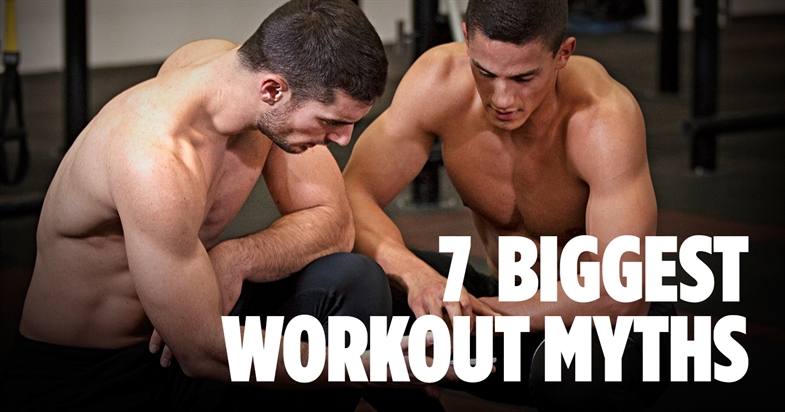
If you’re relatively new to training and nutrition, you can get fooled by a number of workout myths that are not only bad advice, but may also delay your progress. Here are the 7 biggest myths you’ve probably heard of, and the truth behind them:
1. If you didn't sweat a lot, you didn't work hard enough
Some people naturally sweat more and some less, so it is not an ultimate proof of your workout efficiency. Sweat is just a biological reaction intended for cooling the body and regulating its inner temperature. So, sweating doesn't have that much to do with the intensity of the workout, it is rather the body's way of getting rid of heat, and it has more do with your own physiology and genetics. Also, it is a common misconception that the fat is turned to heat (and sweated off) during exercise. The truth is that the fat is oxidized inside your body, meaning that you basically breathe it out[1] – it doesn't vaporize because you're sweating.
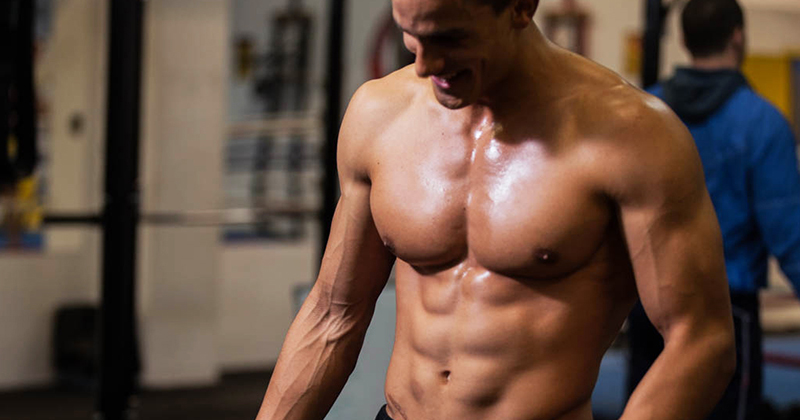
2. Bigger muscles mean more strength
We all tend to think that only big muscles are strong and powerful. But actually, there’s a big difference between training your muscles to be big and training them to be strong. Research[2] has found that after a certain point, the strength of a muscle doesn’t increase with size, meaning that even though the individual muscle fibers were larger, they don’t produce more force so they are thought to be of poorer quality. Performance athletes who also use resistance training of higher intensity are able to produce force more quickly, meaning that their muscles are more powerful. So, bigger muscles don’t necessarily mean more strength. The power comes with training your muscles with high-intensity and lower volume.
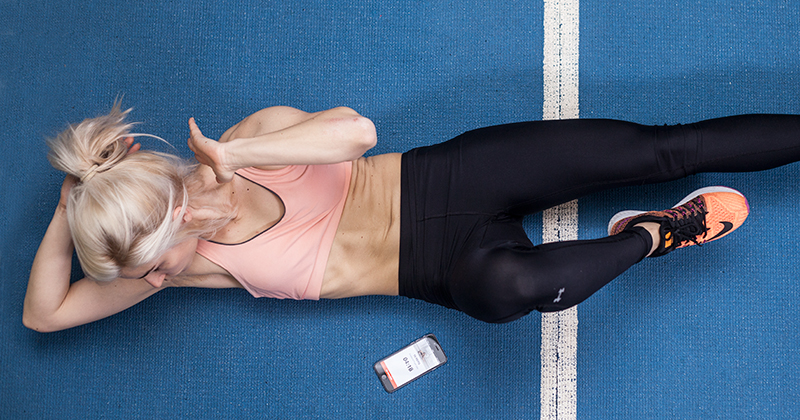
3. You need to do a lot of crunches to get ripped abs
Unfortunately doing a lot of ab workouts won’t give you a six-pack if your abs are covered with belly fat. There’s a common saying that the abs are made in the kitchen, and this means that having proper nutrition that leads to fat loss and less water retention will make the hard work you’ve done on your abs show. Learn more about the reasons you can’t see your abs.
Don’t know how you should eat to get best results? Nutrition Guide will answer all your questions and give you 65+ delicious recipes that will keep things interesting. Nutrition Guide is available in the Madbarz Premium, along with home workout plans!
4. If you aren't sore the next day you didn't work hard enough
Let’s first explain what muscle soreness is: it is the result of physical activity which puts more stress on the muscle tissue than it is accustomed to. Simply put, muscle soreness occurs when you make your muscles do something new, that they aren’t used to. This is in no way an indicator of a good or bad workout, it doesn’t mean that you’ve build muscle mass or gained strength, nor does the absence of it mean that your workout was ineffective. Don’t judge your progress by pain, judge it by results you are getting.
5. You cannot gain muscle after 40
If you’re over 40 or are nearing to that age, you’ve maybe heard or read that you can’t gain muscle, that weight gain simply comes with age, and that there’s nothing you can do about it. This is a myth that came out of the fact that the body is aging and changing due to some hormonal deficiencies. But the truth is that despite those deficiencies, you can be in great shape and gain muscle, it’s just a bit harder. You must simply adjust to the changes your body is going through, be active, work out and eat in a way that supports the changes in your body and lifestyle. Hitting a certain age doesn’t mean giving up on everything in area of fitness and nutrition, it just means adjusting, and with the right type of training you can still build muscle and gain strength, even way beyond your 40s.
6. Cardio is more important for fat loss than strength training
Cardio is great for health and it also burns calories which leads to weight loss. However, training your muscles is equally important for faster fat loss and keeping that fat off because cardio doesn’t do much for your muscles. If you only do cardio you will lose fat, but you may also lose some muscle with it, which will slow down your progress and make the future attempts to keep the weight off harder. Lower muscle mass means lower metabolism, which means that your body will burn less and will make the fat loss process harder.
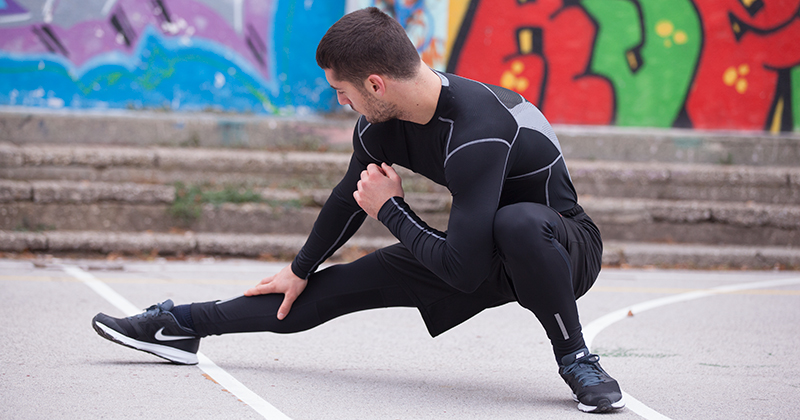
7. Stretching prevents injury
Although stretching is good for your body, it cannot prevent you from getting injured - it’s not that simple. The relationship between stretching and injuries is quite complicated. Research[3] shows that the need for stretching highly depends on the type of activities you are doing and the type of stretching you are doing. Static stretching (holding a stretch while your body is at rest) before your workout won’t do anything for injury prevention (but it is a good cool down routine). This actually lowers the elasticity of the muscles, which is not a good way to prepare for a lot of activity. The better solution is dynamic stretching (e.g. moving your limbs actively through full range of motion), which basically warms up your body by increasing the muscle’s core temperature which is a great way to get your body ready for a tough and strenuous workout. Learn more about warm up dos and don’ts.
Have you ever believed any of these myths?
What is the biggest myth you ever heard about?
Post in the comments below!

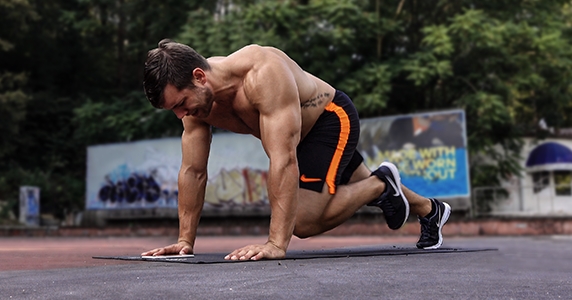
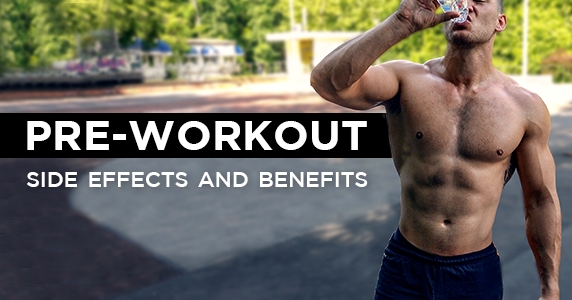
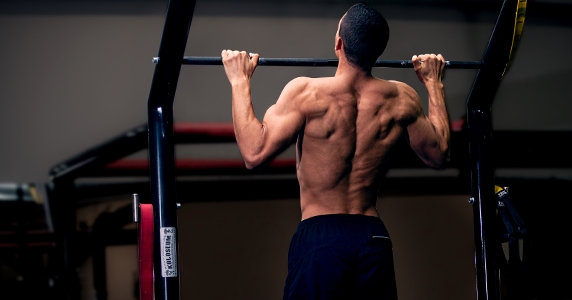
Post a comment